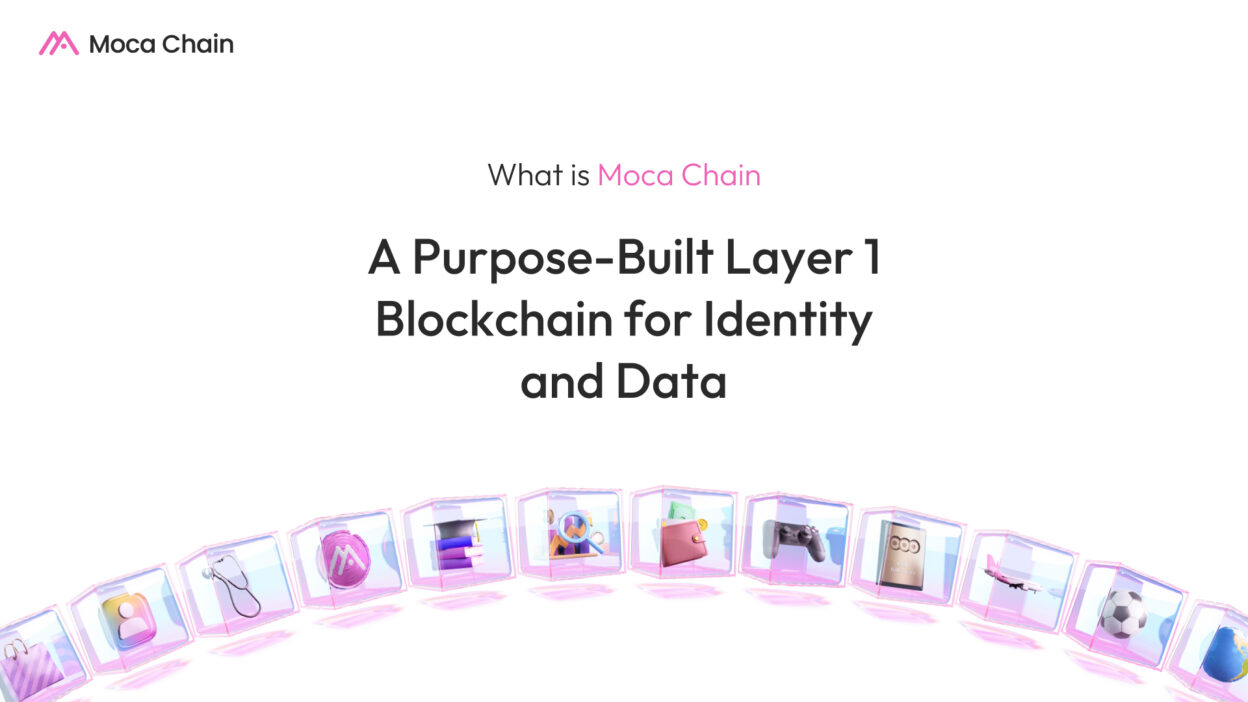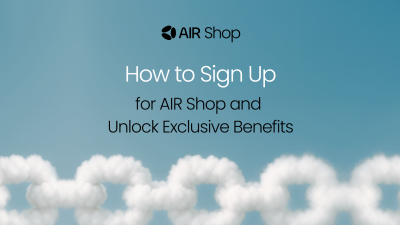Key Takeaways
- Moca Chain is a modular, chain-agnostic, EVM-compatible Layer 1 purpose-built for identity and data.
- Identity protocols and applications can build on Moca Chain with end-to-end identity infrastructure capabilities, interoperability with other chains and apps via Identity Oracle, and access to a broad distribution of users, issuers, and verifiers under a unified identity.
- Identity data from multiple issuers — across healthcare, education, finance, sports, and more – will be issued to the same unified identity, collectively verifiable in any app on any chain.
- Identities on Moca Chain are self-sovereign and privacy-preserved — data is private to the users only, however can be verified with third parties via zero-knowledge proofs (”ZKP”) across any apps on any chains, without exposing raw data and only with user’s permission.
- Moca Chain’s decentralized data storage enables reusability and persistence of identity data for multiple verifications.
- Moca Chain removes the dependency on centralized data sources through its native zkTLS capability, enabling protocols and apps to onboard private web data without relying on traditional APIs.
- Moca Chain is not just another general-purpose L1 or L2 — it coexists symbiotically with other chains as the modular identity and data verification layer.
- Moca Chain’s testnet launches in Q3 and mainnet in Q4. $MOCA will serve as the core utility token powering the network’s identity and data ecosystem.
Data is the new oil, but why should I care?
- How does a normal user benefit from it?
- How do I invest in data?
Data has tremendous intrinsic value, reflected in M&A, data brokerage, advertising, research, and more. However, to date, data sharing and transactions have been highly inefficient. At Moca Network, we believe that data should be the new asset class everyone can invest in.
In order to have a liquid asset class, individuals should have full ownership of their identity, break free from the centralized entities, removing the middlemen, and controlling how data is being used and what value they get. This belief drives our mission to build the world’s largest identity network: one identity, verifiable everywhere, with unlimited value.
Moca Chain will launch with day-one access to Animoca Brands’ ecosystem of over 540 companies and 700 million users. However, it takes more than one ecosystem to become the world’s largest identity network. Hence, Moca Chain is your permissionless platform for protocols, apps and partners to share our network to bootstrap growth, and scale data issuance and verifications to the network.
What is Moca Chain?
Moca Chain is a Layer 1 blockchain designed to empower identity protocols, issuers, and verifiers to:
- Onboard and store any private first party and web data via Moca Network’s storage and data onboarding solutions
- Obfuscate and issue private data by generating zero-knowledge proofs (”ZKP”)
- Verify identity data proofs on-chain by any app on any chain via Identity Oracle and traditional interfaces
- Allow applications on any blockchain to verify identity data proofs on-chain
- Monetize based on data verifications
In technical terms, Moca Chain consists of 4 main technologies:
- Decentralized data storage
- Identity Oracle
- zkTLS
- On-chain zero knowledge proof verifications
What is the relationship between AIR Kit and Moca Chain?
Together with AIR Kit—which includes AIR Account and AIR ID—Moca Chain’s ecosystem partners will have a seamless and app-embedded “entry point” to Moca Chain for user onboarding, credential issuance, credential verification, and web proof data generation.
For example, an online liquor store can use AIR Kit to embed a seamless account onboarding and identity flow to verify if the user is over 21 years old. The user visits the online store and get requested to verify her age. The user will then be able to generate a ZKP based on the previously issued and encrypted date of birth credential data. The store then verifies the age proof on Moca Chain without having access to the DOB data. The system returns only a “Y/N” response, allowing the user to proceed with the purchase, all without revealing any personal information.
These credentials are more than just static numbers, but instead generate financial value for the users and issuers in the data economy. As data takes the center stage in the financial flywheel, $MOCA will become the core currency powering the financialization of data. The more users are onboarded and the more valuable data is verified, the more $MOCA will be consumed and held.
Businesses can unlock new value for their user base and reach their qualified audience, while users can own their data and fully maximize its value. $MOCA serves as the native coin, providing a form of fee and economic value sharing across all network participants.
What Problems Does Moca Chain Solve?
Fragmented Identity Data Limit Reusability and Interoperability
Today, identity data is fragmented across platforms / chains, and managed by disparate entities, forcing redundant verification processes, and limiting data interoperability. Moca Chain addresses this by introducing a unified account and identity layer and cross-chain Identity Oracle, allowing credentials to be verified seamlessly across applications and ecosystems. How many times have you done the exactly the same KYC process with multiple platforms? What if you only need to do it once and use the data to verify on other platforms?
Identity Checks Expose Personal Data
Traditionally, Identity verifications require personal identifiable information (PII) to be shared in plaintext, raising serious security and privacy concerns. Moca Chain, by contrast, leverages ZKP to let users verify without ever revealing the underlying personal data.
Data Sharing Relies on Centralized Entities and Limits Monetization Opportunities
Most identity systems lock user data into centralized storages under the control of centralized entities. Moca Chain enables self-sovereign identity, enforcing data to be only shareable with users’ explicit approval. In addition, Moca Chain’s zkTLS module allow users to “re-own” any kind of web data without permissions from the centralized data source. Imagine trying to log in and display your airline status at the front desk, but in a tamper-proof and scalable manner.
How Does Moca Chain Work?
Moca Chain is not just a set of features, but a non-negotiable module for any user-centric architecture and data interoperability. It will become the backbone of any networks and ecosystems formed by users, issuers, and verifiers.
The Roles that Power Moca Chain
- Users (Data Holders) are individuals who want to unlock access or rewards by proving identity and data from various applications.
- Issuers are business entities that host the service, which collects the user data, or identity protocols that facilitate data collection via zkTLS. A user identity can hold data from multiple issuers.
- Verifiers are business entities that verify credentials for access, compliance, or the distribution of rewards. Verifiers can compose various verification criteria based on the user’s identity data, without accessing the raw data.

Credential Lifecycle on Moca Chain
Here is a step-by-step overview of how credentials are issued, stored, and verified on Moca Chain.
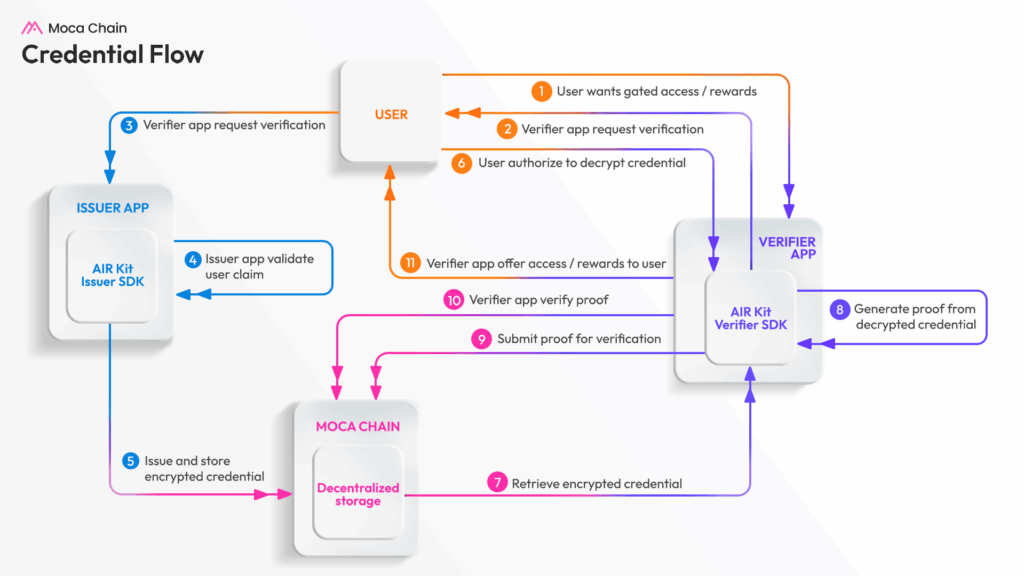
Step-by-Step Credential Flow on Moca Chain
- User wants access to gated features or rewards (User → Verifier)
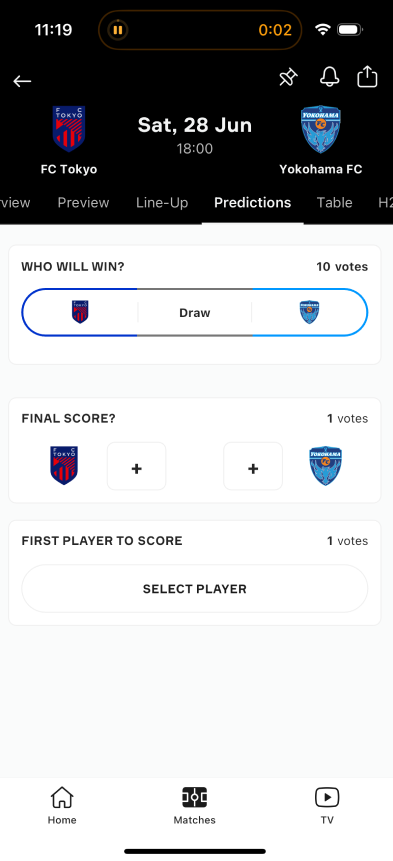
2. Verifier requests verification from user (Verifier → User)
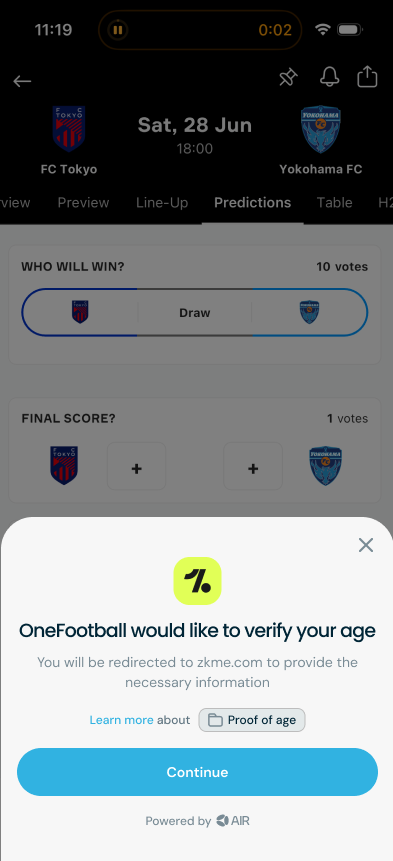
3. User claims credential from issuer (User → Issuer)
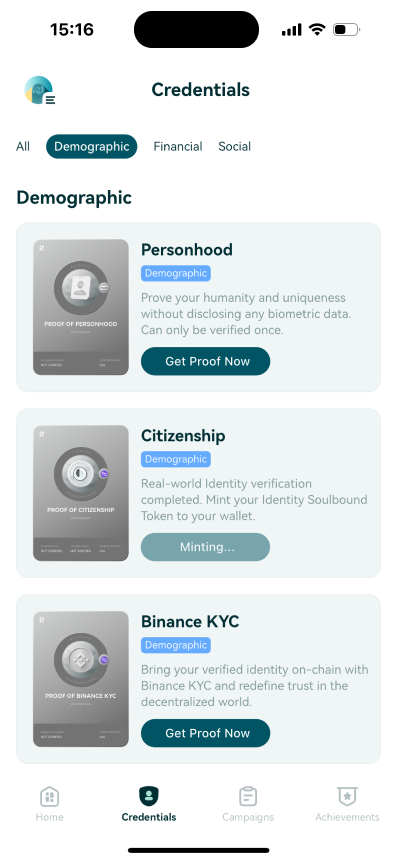
4. Issuer validates user claim (Issuer → User)
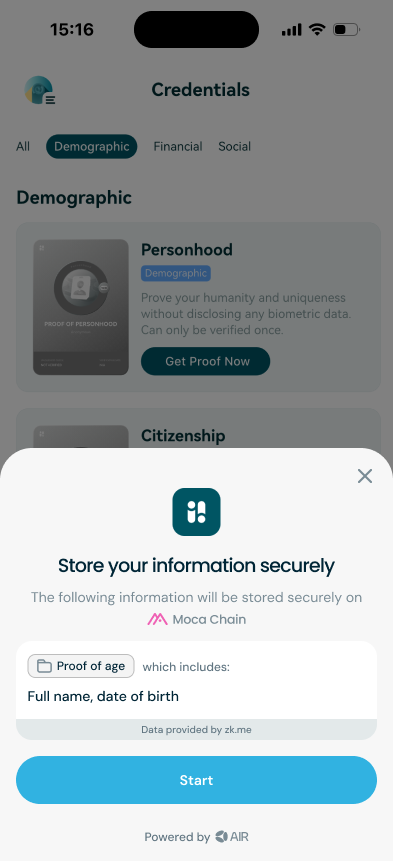
5. Issuer issues and stores encrypted credentials on Moca Chain (Issuer → Moca Chain)
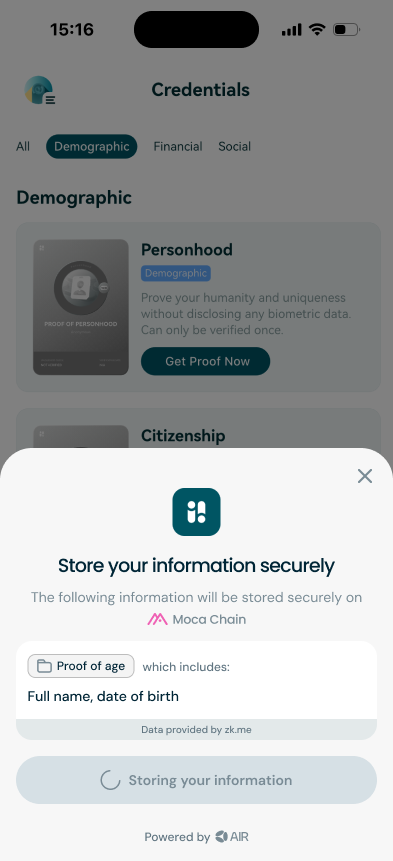
6. User authorizes verifier to decrypt credential (User → Verifier)
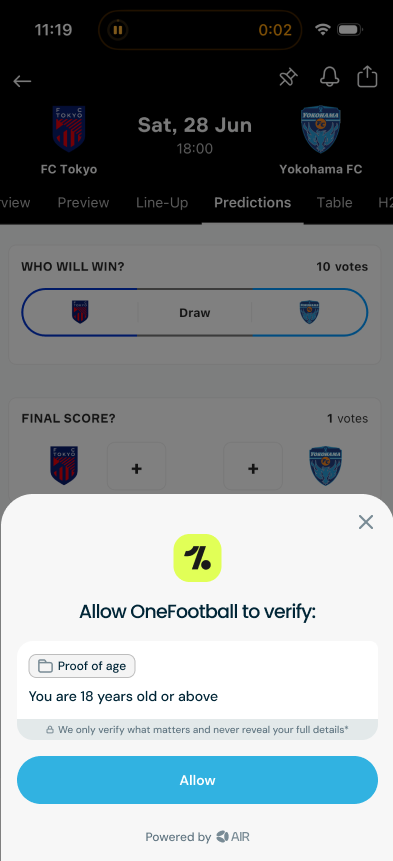
7. Verifier retrieves encrypted credential from decentralized storage on Moca Chain (Verifier → Moca Chain)
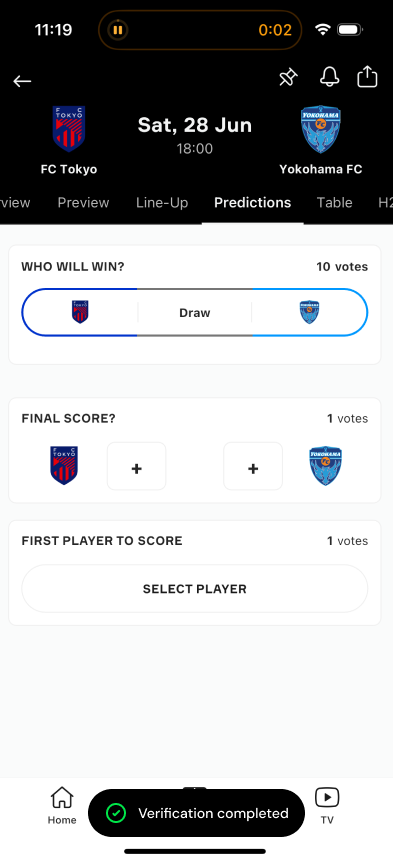
8. Verifier generates proof from decrypted credential, submits it for verification, verifies the proof, and offers access or rewards to user (Verifier → User)
How Credential Activity Drives $MOCA Value
$MOCA is the utility token of Moca Chain, required to power the protocol’s core infrastructure. As more credentials are issued, claimed, and verified, more $MOCA are required to be held and consumed:
- Validator Staking – Validators stake $MOCA to secure the network and process identity-related transactions.
- Gas Fees – $MOCA is required for all on-chain actions, including credential issuance, claim, verifications. The token will also be used in PayMaster, which will be used to pay for gas fees on all the compatible chains.
- Verification Fees – Verifiers pay $MOCA to verify credentials (e.g., KYC, qualifications), with the price set by issuers.
- Decentralized Data Storage – A Certain amount of $MOCA has to be held to enable storage per user.
- Identity Oracle – $MOCA will be used to pay the fee for relaying verifications to other chains.
- Data Generation – $MOCA is used for generating data via zkTLS with governance on data validity and performance.
How Is Moca Chain Different from Other Blockchains?
End-to-End Identity Infrastructure
Moca Chain offers the full infrastructure for the entire credential data lifecycle—from user onboarding to data issuance, verification, and monetization.
Neutral and Symbiotic Positioning as the Home for All Identities
With our history of being chain-agnostic and nature of Moca Chain, specifically its cross-chain Identity Oracle allows verifiable credentials to be verifiable everywhere, it is not biased towards any ecosystems or competing for TVL or traffic.
Massive Day 0 Reach via Animoca Brands and Moca Network
Moca Chain launches with access to over 540 companies and 700 million users via the Animoca Brands ecosystem, with early adoption by SK Planet’s (28m KYC’d users), OneFootball (200m users), and Animoca Brands portfolio – providing strong real-world distribution of users, data, and customers from day one.
Modular Architecture with AIR Kit
AIR Kit enables plug-and-play integration of universal accounts and identity modules into any chains, apps, and wallets. Partners can choose to integrate each module independently or all at once.
Privacy-First Verifications via ZKP
Credentials data are encrypted with users’ private keys, and data is only verified via ZKP. No one else except the user can give permission for data access.
Real-World Use Cases: How Life Gets Better with Moca Chain
Moca Chain gives users self-sovereign control over their data, unlocking real-world value through verifiable credentials. Here are just a few examples:
Compliance
Tired of doing 30 the same KYC processes? Do it once and reuse the credentials across all exchanges, payment apps, and more, without exposing your raw passport information or face scan.
Education
If you earn a university degree, or any training achievements, you can verify them on a job board platform, dating apps, and more.
Gaming
Your 100 hours in GTA6 should mean more than screenshots. With Moca credentials, your in-game spending and achievements become verifiable credentials, verifiable across games.
Creator
Your creator promoting or complaining about specific tokens can finally be verified if they hold any of them.
Sports
If you were an Inter Miami fan before Messi joined, that loyalty should count. Moca credentials verify fan history on-chain, unlocking access to premium drops, tickets, and rewards tied to proven engagement.
Start Building on Moca Chain
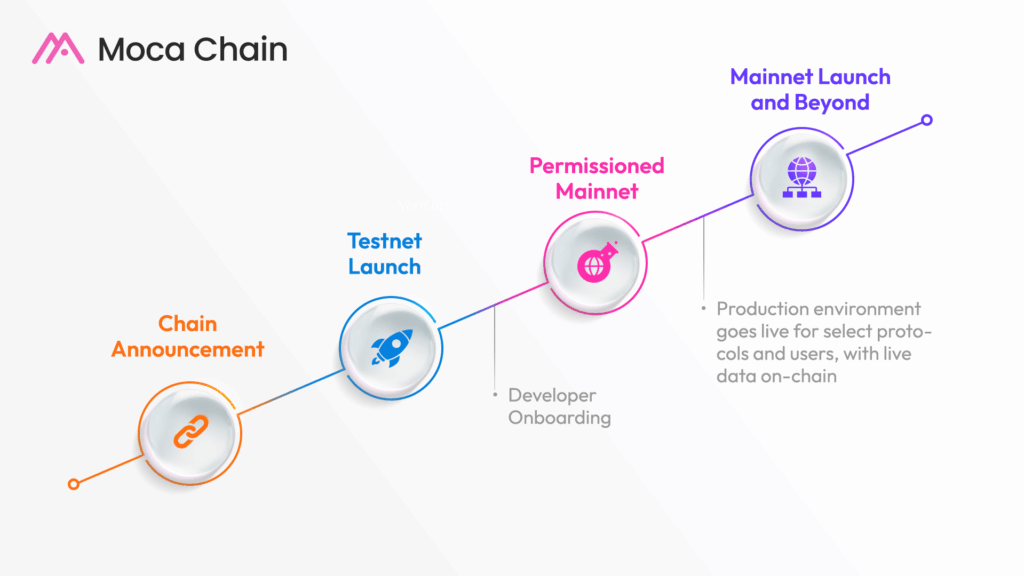
Moca Chain’s testnet is launching in Q3, onboarding the best identity protocols and giving them a home that helps each other grow. As the core infrastructure for verifiable, user-owned identity, it’s an open call to developers, builders, and visionaries ready to shape the next era of the internet. We’re here to help you grow together!
Start building at: https://mocachain.org/

